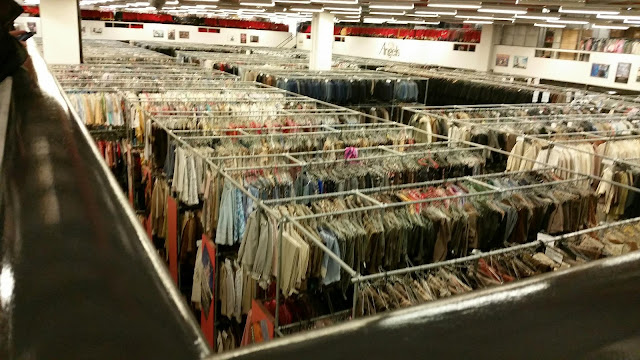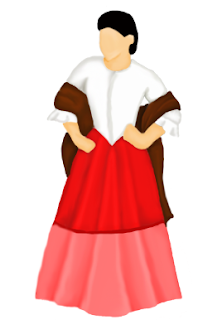Today in my professional studies session and in my costume design class we explored a range of different jobs in the costume industry.
The wardrobe and costume departments are in control of the clothing, shoes, hosiery, millinery, jewellery, armour and underwear worn by all the characters. They design, plan and organise colours, sizes, fabrics and costume construction.
The wardrobe department is split into two section; the making and running wardrobes.
Making Wardrobe is in charge of the design, purchase and construction of the costumes before the production.
Running Wardrobe is in charge of organisation, maintenance of all the costumes during a production.
This is the hierarchy of the costume industry; designers being on top and the costume daily at the bottom. Though in the costume industry the role vary and some tasks do mix.
Designers
Designer’s Assistant
Costume and Wardrobe Supervisors
Costume Makers
Costume Assistants
Costume Trainees
Costume Daily
Costume Daily
Costume Dailies are usually employed on the day that they are needed. They get their instructions from the costume and wardrobe supervisors as well as the costume designer’s assistants and costume designers. Their responsibilities mainly involve crowd fittings, working with extras and dressing the performers. As well as ironing, cleaning clothes, taking care of accessories, gloves, hats, researching and buying items.
They sometimes find costumes that will suit an actors figures and face shapes and photograph costumes.
Costume Assistants
They are employed during any part of the before production process and follow instructions given to them by costume designer, costume designer’s assistants, costume and wardrobe supervisors.
Costume assistants have numerous of different roles. These consist of researching and adapting costumes, organising accessories, fitting supervision, setting up work rooms, measuring and ordering supplies. They also carry out tasks such as pattern cutting, costume making, aging and breaking down, sourcing and buying accessories and costumes, shipping costumes, maintain costume during productions and explaining costumes to performers.
Costume Makers
Their role in the costume industry is to fit, make and alter costumes. Their main tasks are to source fabrics -if they have not been supplied, pack and transport costumes, make sure costumes fit actors, altering, explaining the requirements of the costume to actors. They also pattern cut, make the toile and construct the garment.
They have most of their work load before the production and work irregular and long hours. They are usually given a brief and costume specifications by the costume designer. The drawings given to them can range between detailed and rough sketches so they need to be able to interpret the designs.
They work with costume designers, costume designer’s assistants and costume supervisors
Costume makers need to have a range of skills. These are creativity, colour and design knowledge, ageing and breaking down a costume, corsetry, hosiery, historical costumes, knowledge of fabric quality, cutting and fitting a costumes, pattern drafting and draping, toile making, hand sewing, machine knowledge, embellishment, wigs and millinery knowledge, stamina and communication skills.
Costume/ Wardrobe Supervisor
A costume supervisor will manage and hire staff like the costume assistants, dailies and standby. They are given other tasks such as arranging transport, organising schedules, budgeting and will work with the costume designer and the whole production team.
For this job they need to have good memory, good attention to detail, leadership, management, organisation and motivation skills, work efficiently, be adaptable, be able to calm others and knowledge of health and safety.
Costume Designer’s Assistant
Their main role is to support the costume designer. They manage budgets, hire and communicate with the costume department in order to give them important details and information from the designer. They work with the designers and costume team as well as helping on set and supervise fittings. They need to be able to breakdown scripts, analysis characters, create costume plots, research well into costume construction, design and styles in order to find method which are suitable for the time period and use libraries, museums and the internet to do this research.
Costume Designer
Their job is to design costumes for all the characters in a production, budget, organise schedules, complete costume plots and breakdown. They manage the running wardrobe and are in charge of the overall look of the production costumes. They provide the director with initial ideas with fabric samples and a colour palette in order to get approval before giving the designs to the costume team. They work with directors, production designers and photographers.
They need to be able to communicate characters through their designs and have textiles and cultural knowledge. As well as this they need to be creative and have a range of skills such as design, communication, research, organisation, garment production and motivation skills. They need to have knowledge of historical and modern fashion, work under pressure, meet deadlines, calm others and stamina.





































